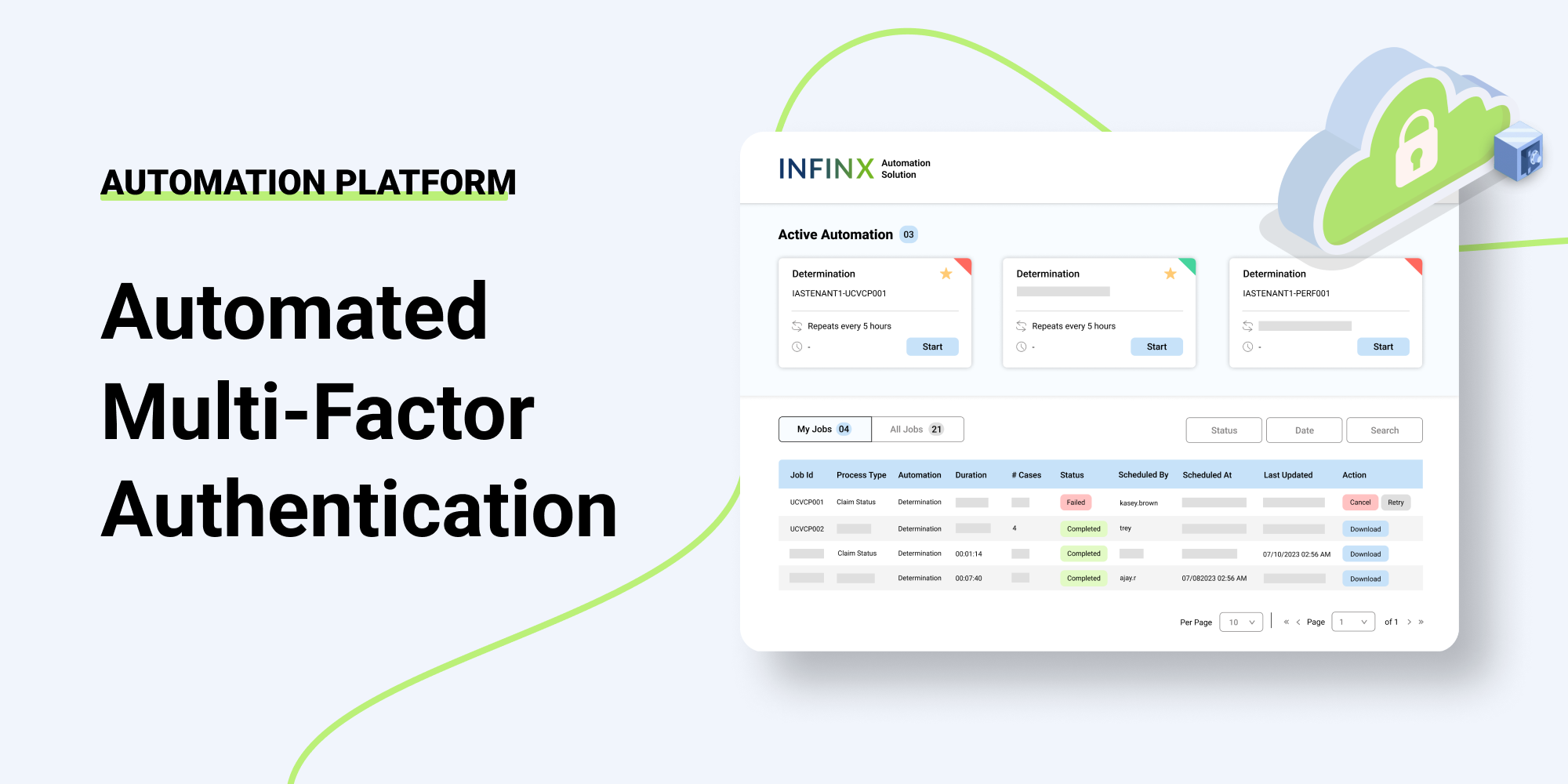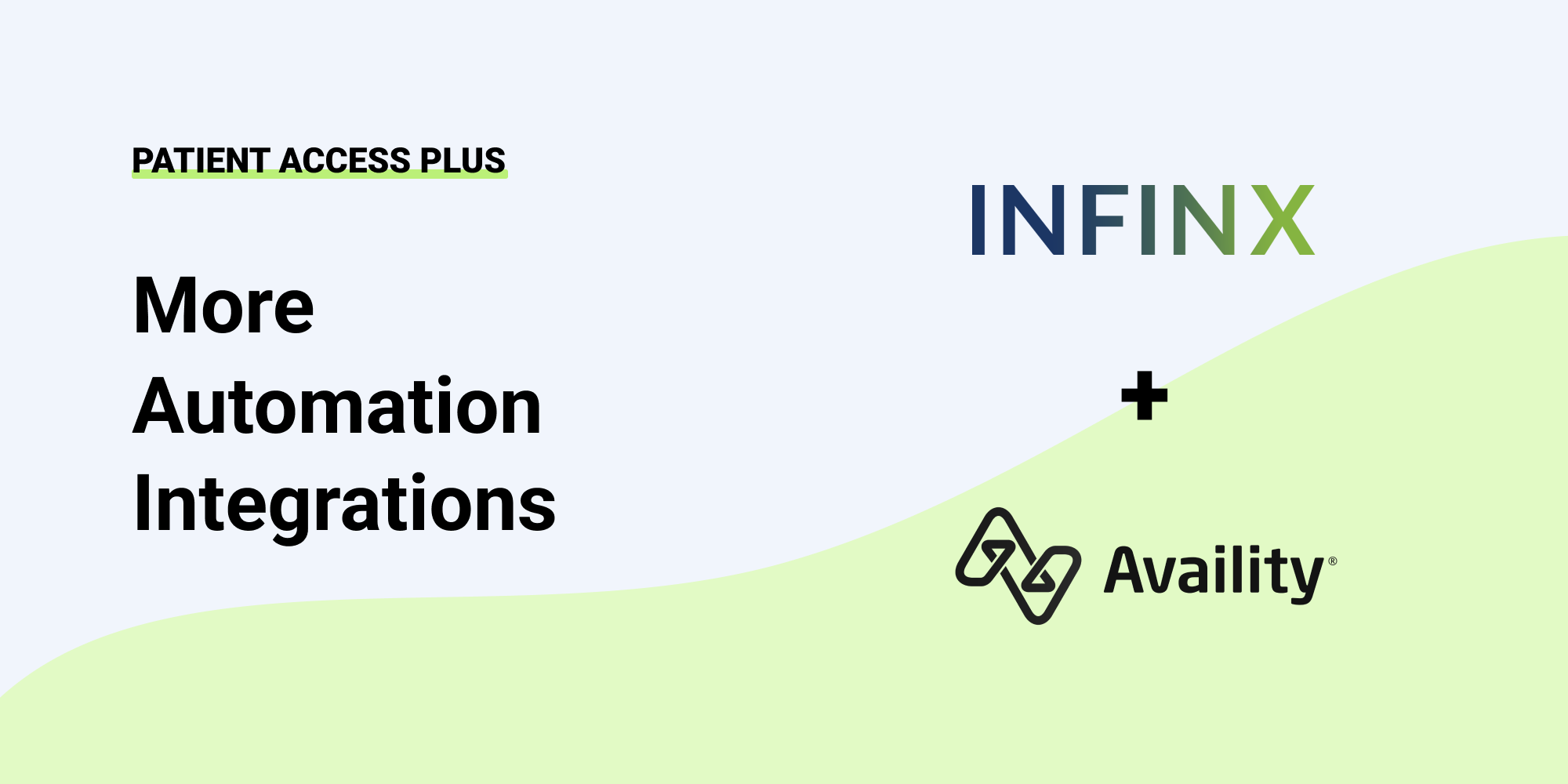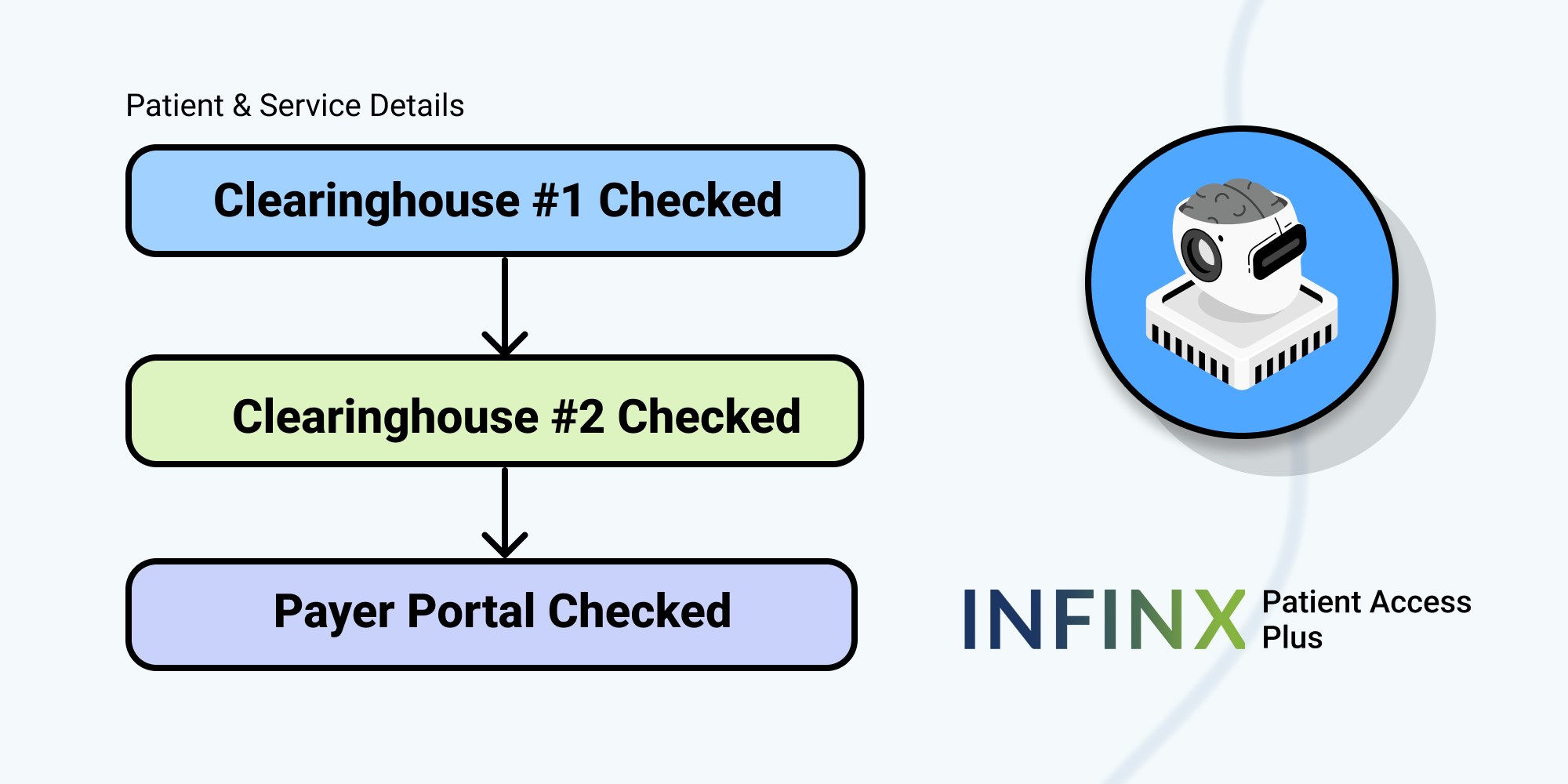When a patient accesses the healthcare system, there are a series of processes that take place to ensure the care delivered can be reimbursed at the maximum allowable. From verifying insurance to accessing the prior authorizations necessary for treatment, there are administrative workflows, both manual and automated, that must take place to ensure operational efficiency and a robust bottom line.
Over the past years, EHR/EMRs have continued to grow and expand and providers and staff have become increasingly more comfortable with its use. However, there remains a reluctance to automate the patient access process, so redundant time-intensive processes remain to add unnecessary complexities to the patient encounter.
Reduce Administrative Time and Patient Frustration
By utilizing fully automated patient access tools, the entire scheduling process can move forward without unnecessary changes and last-minute rescheduled appointments due to rejected prior authorizations or missing insurance. Because of the burdensome manual work involved in obtaining some pre-visit information and authorizations, scheduling often takes place prematurely as a “placeholder” and then rescheduling must occur after the fact because the information wasn’t adequately verified or authorizations weren’t obtained.
Let’s take a look at the three areas most frequently responsible for scheduling problems:
-
Insurance Verification—When a patient accesses care through any hospital department or provider practice, the first step is verifying the patient’s insurance coverage and ascertaining their benefits eligibility, i.e., annual deductible totals, amounts previously used, copays, etc. Without the right information, the wheels screech to a halt!
Although improving over the last several years as patients become more involved in the process and take more of the financial responsibility through High Deductible Healthcare Plans (HDHP), patients have historically relied passively on staff to decipher the ins and outs of their coverage. This created many problems when money was due after care has been rendered and patients often get angry at the hospital or practice for not having more complete information.
With a fully automated insurance verification system that integrates with insurance clearinghouses and the EHR/EMR, insurance can be verified and re-verified in real-time so that all pertinent information is available when scheduling the patient. This will drastically reduce the need to perform administrative rework, from changing appointment times to following up on denied claims post-billing.
-
Patient Pay Estimation—One of the most frustrating parts of business operations is collections, and follow-up required post-billing when a patient has a portion due that they were unaware of. Unnecessary damage is done to the patient relationship when it turns adversarial regarding money owed and “surprise” billings.
By having straightforward financial policies that are communicated clearly and an automated process to have accurate and understandable estimations of portions due readily available, patients will pay their share or make arrangements as defined by your policies. Then scheduling can take place unencumbered, alleviating any problems down the road.
-
Prior Authorization—When automated, prior authorizations lead to better scheduling; when performed manually, rescheduling is often required leading to patient frustration and administrative rework. According to the 2020 CAQH Index on Conducting Electronic Transactions, only 13% of PAs are fully automated, meaning that manually processed PAs requiring several hours to several days to complete are the norm.
Today, artificial intelligence and machine learning are being used in cutting-edge prior authorization processing software that fully integrates with existing EHR/EMR systems and processed in real-time so that appointing patients can be done with confidence and rescheduling cut to a minimum. The savings in administrative time, as well as the improvement to the patient experience, make automated prior authorizations virtually required.
Many healthcare organizations are focusing on the patient experience as one of the primary goals in the 2020s. Consumerism is on the rise brought by increasing HDHPs and patients becoming more involved and proactive in their care, as well as actively adopting technology into their lives. Organizations that are not fully automated will be seen as less competent.
By optimizing patient access and the scheduling function, organizations have the opportunity to improve operations, save administrative costs, and facilitate smoother billing and collections.
Contact us to schedule a demo and learn more about optimized scheduling and prior authorization improvements.



